Have you ever noticed roots growing out of the drainage holes at the bottom of your apricot container pot? If so, you’re witnessing a sign of healthy, vigorous growth — but also a cue that your apricot tree is ready for a change. When an apricot’s roots start emerging through the bottom, it’s telling you that it has outgrown its container and needs more space to continue thriving.
In this comprehensive guide, we’ll explore why apricot trees develop roots through the bottom of containers, what it means for their growth, how to handle the situation correctly, and how to keep your plant strong, healthy, and productive for years to come.
1. Understanding Why Apricot Roots Grow Through the Pot Bottom
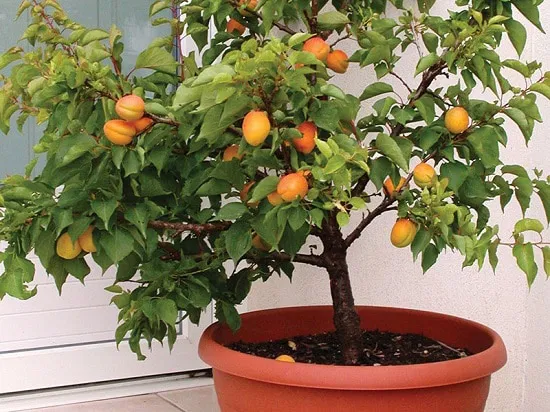
Apricot trees are fast-growing fruit plants with an extensive root system. When grown in containers, their roots eventually fill the available space. Once the pot becomes crowded, the roots start searching for new soil, moisture, and nutrients — often finding their way through drainage holes at the bottom.
This phenomenon is root escape or bottom rooting, and it’s common in container-grown trees. It typically means your apricot tree is thriving but confined. The roots are doing what comes naturally — expanding in search of resources.
However, while it might seem harmless, roots growing out of the pot bottom can eventually become problematic if not addressed in time.
2. What Rooting Through the Bottom Tells You About Your Plant
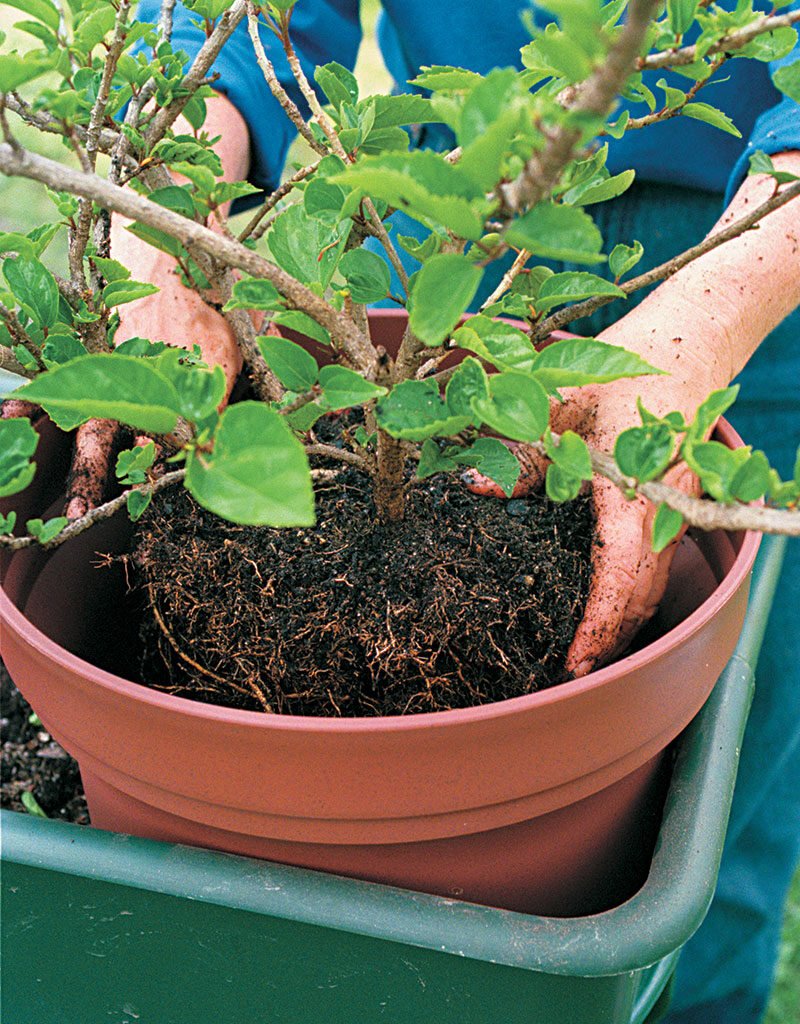
When you see roots poking through drainage holes, it usually means one or more of the following:
- The tree has outgrown its pot. The root ball has filled the container, and there’s little room for further growth.
- Nutrient depletion. The confined soil can no longer provide enough nutrients to support healthy growth.
- Poor drainage and oxygen circulation. Overcrowded roots can reduce airflow and water drainage, leading to root rot or stunted growth.
- The plant is seeking more stability. In some cases, roots grow through the bottom to anchor the tree more firmly, especially if placed on soil or grass.
In short, your apricot tree is signaling that it’s ready for repotting or transplanting into a larger container or garden space.
3. Checking If Your Apricot Is Root Bound

Before taking action, it’s important to check whether your apricot tree has become root bound — meaning the roots have filled the pot completely and begun circling around the inside edges.
To inspect this:
- Gently lay the container on its side.
- Tap the sides or base to loosen the plant.
- Carefully slide the root ball out.
If you see tightly wound roots forming a dense mat at the bottom or circling the sides, it’s a clear sign your apricot is root bound. This condition can slow down growth and reduce fruit production if left unchecked.
4. What to Do When Roots Are Growing Out the Bottom
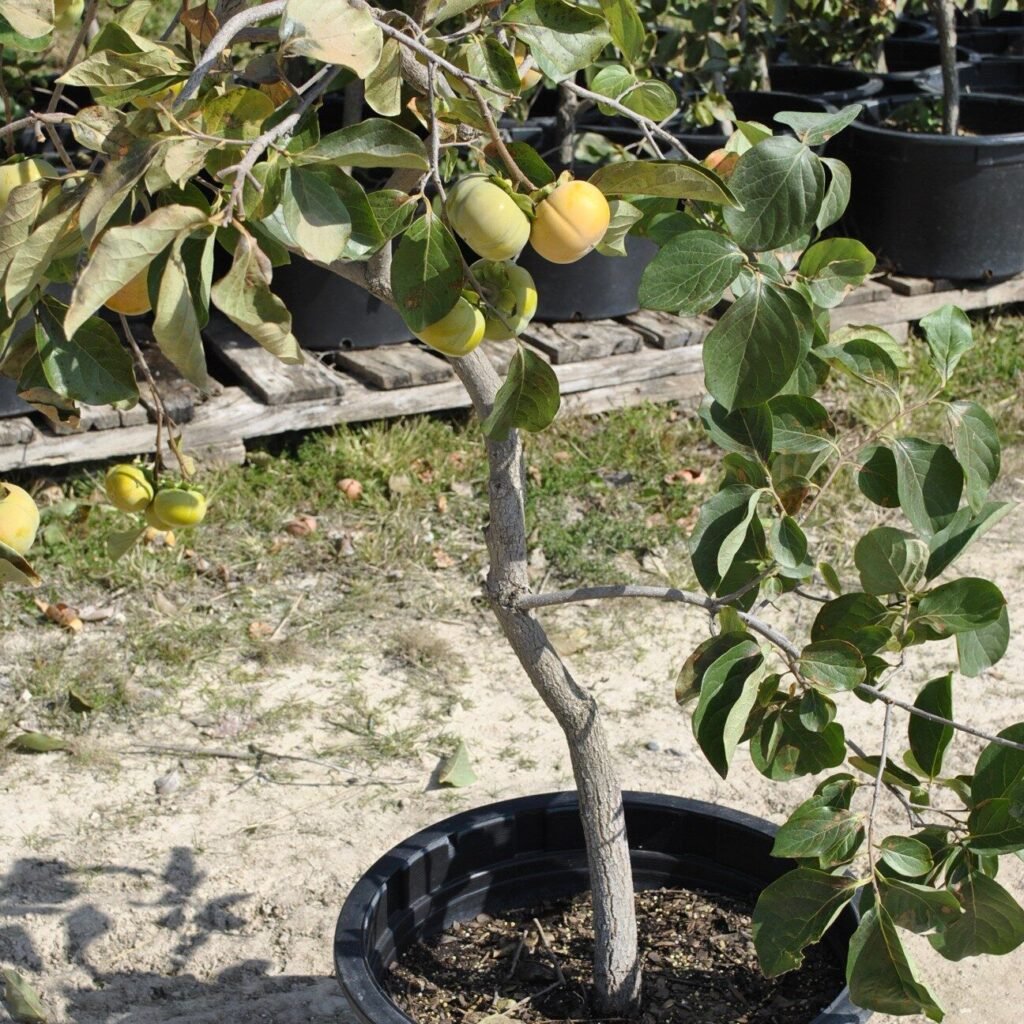
There are three main ways to handle bottom-rooting in apricot trees, depending on your setup and goals:
Option 1: Transplant Into a Larger Container
If you prefer to keep your apricot tree in a pot, move it into a larger one to give the roots more room to grow.
Steps:
- Choose a container that’s at least 4–6 inches wider and deeper than the current one.
- Prepare a rich, well-draining soil mix — ideal for fruit trees. A good blend includes:
- 1 part garden soil
- 1 part compost or aged manure
- 1 part sand or perlite for drainage
- Trim any damaged or excessively long roots from the bottom.
- Place the tree in the new container and fill with soil around the root ball.
- Water thoroughly and place in a sunny spot.
This refreshes the soil’s nutrients and gives your apricot room to expand without stress.
Option 2: Transplant Directly Into the Ground
If your apricot has grown too large for container life, planting it in the ground is the best long-term solution.
Steps:
- Select a sunny, well-drained location — apricots thrive in full sunlight.
- Dig a hole about twice as wide and the same depth as the pot.
- Remove the apricot from the pot carefully, loosening circling roots.
- Set the tree in the hole, making sure the top of the root ball is level with the ground surface.
- Backfill with soil, firm it gently, and water deeply.
- Apply mulch around the base to retain moisture and suppress weeds.
Once planted, the roots will naturally spread into the surrounding soil, anchoring the tree and allowing it to grow vigorously.
Option 3: Root Pruning (Temporary Fix)

If transplanting isn’t possible right away, you can temporarily control the problem by root pruning — trimming back the roots that have escaped through the bottom.
Steps:
- Gently lift the pot or tilt it to access the roots.
- Use sterilized scissors or pruning shears to trim the protruding roots.
- Water the plant thoroughly afterward.
Keep in mind that this is only a short-term fix. The tree will eventually need more space as it continues growing.
5. Choosing the Right Container for Apricot Trees
The container you choose has a huge impact on root health and growth. For long-term container growing, it’s essential to pick the right pot type and size.
Recommended container features:
- Size: Start with at least a 15–20-gallon pot for young trees; mature apricot trees may require 25–30 gallons.
- Material: Choose breathable materials like terracotta or fabric grow bags to encourage better airflow.
- Drainage: Ensure there are multiple drainage holes to prevent waterlogging.
Avoid overly small containers or ones with poor drainage — they’re the main reasons roots start escaping through the bottom.
6. Best Soil Mix for Container-Grown Apricots
Apricot trees thrive in loamy, well-drained soil with good organic content. Poor soil can suffocate roots, while too compact soil restricts oxygen flow.
Ideal soil mix for pots:
- 40% garden soil or loam
- 30% compost or aged manure
- 20% coarse sand or perlite
- 10% coco peat or leaf mold for moisture retention
Adding a handful of bone meal or organic fruit fertilizer at planting time also helps promote strong root and shoot growth.
7. Watering and Feeding After Repotting
Once you’ve transplanted or repotted your apricot, the tree will experience mild stress. Proper watering and feeding will help it recover quickly.
Watering tips:
- Water immediately after repotting to settle the soil.
- Keep the soil evenly moist (not soggy) for the first 2–3 weeks.
- Gradually reduce watering frequency once new growth appears.
Fertilizing:
Feed with a balanced organic fertilizer or compost every 4–6 weeks during the growing season. Avoid overfertilizing, as excessive nitrogen can cause leafy growth at the expense of fruits.
8. Encouraging Healthy Root Growth
Strong roots are the foundation of a healthy apricot tree. Here are some ways to encourage robust root growth:
- Use deep containers. Apricots prefer space to grow vertically.
- Avoid overwatering. Roots need oxygen as much as moisture.
- Add mycorrhizal fungi. These beneficial microbes help roots absorb nutrients efficiently.
- Rotate pots occasionally. This ensures even sunlight and root development.
Healthy roots equal healthier foliage, stronger branches, and better fruit yield.
9. Signs Your Apricot Tree Is Thriving After Repotting
After proper care, you’ll notice positive signs of recovery and growth:
- New leaves emerging within 2–3 weeks
- Stronger, greener foliage
- Improved water drainage
- More vigorous root development (if inspected later)
If you planted the tree in the ground, expect visible new shoots by the next growing season.
10. Common Mistakes to Avoid
- Ignoring root escape: Letting roots grow unchecked through the bottom can restrict airflow and cause them to dry out or rot.
- Skipping soil refresh: Using old, compact soil without replenishment can starve the plant.
- Overwatering after transplanting: Excess water can suffocate new roots.
- Not trimming circling roots: These can strangle the plant as they tighten over time.
Paying attention to these details ensures your apricot tree remains healthy for years.
11. Long-Term Care for Container Apricot Trees
If you decide to keep your apricot in a pot permanently, follow these tips for best results:
- Repot every 2–3 years to refresh soil and prevent root binding.
- Prune annually to control size and encourage fruiting.
- Fertilize during active growth (spring and summer) with balanced or fruit tree-specific feed.
- Provide full sunlight — at least 6–8 hours daily.
Container apricots can produce delicious fruit if cared for properly, making them a perfect choice for small spaces or patios.
12. The Beauty of Healthy Root Growth
Roots growing through the bottom of your apricot pot aren’t a problem — they’re a sign that your tree is growing strong and seeking more room to thrive. By repotting, trimming, or transplanting wisely, you’re giving your plant the space it needs to flourish and bear sweet, golden fruits.
Watching your apricot tree recover and thrive after such a change is one of the most rewarding moments for any gardener. The process not only improves the health of your tree but also deepens your understanding of plant growth and care.
Final Thoughts
When your apricot tree starts rooting through the bottom of its container, it’s simply nature’s way of saying, “I’m ready to grow more.” Instead of worrying, use it as an opportunity to give your tree the space and nutrients it deserves.
With the right soil, a suitable pot, proper watering, and a little patience, your apricot will bounce back stronger than ever — rewarding you with beautiful blossoms and sweet fruits in the seasons to come.
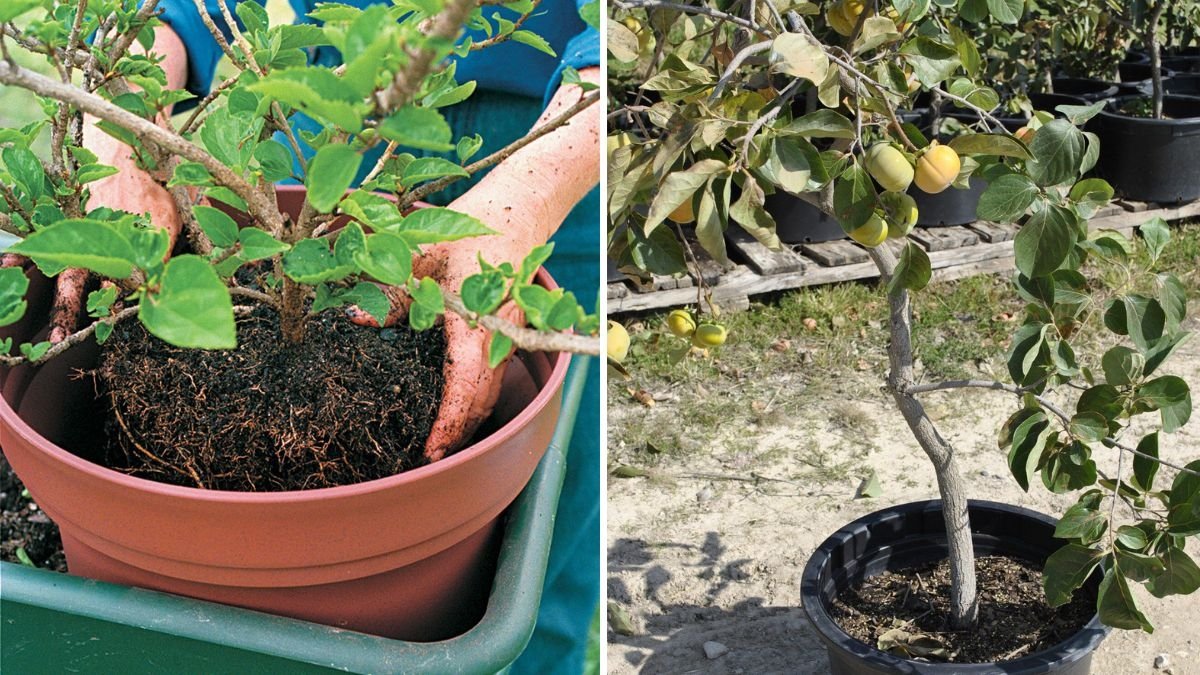

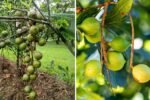
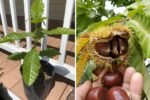


Leave A Comment